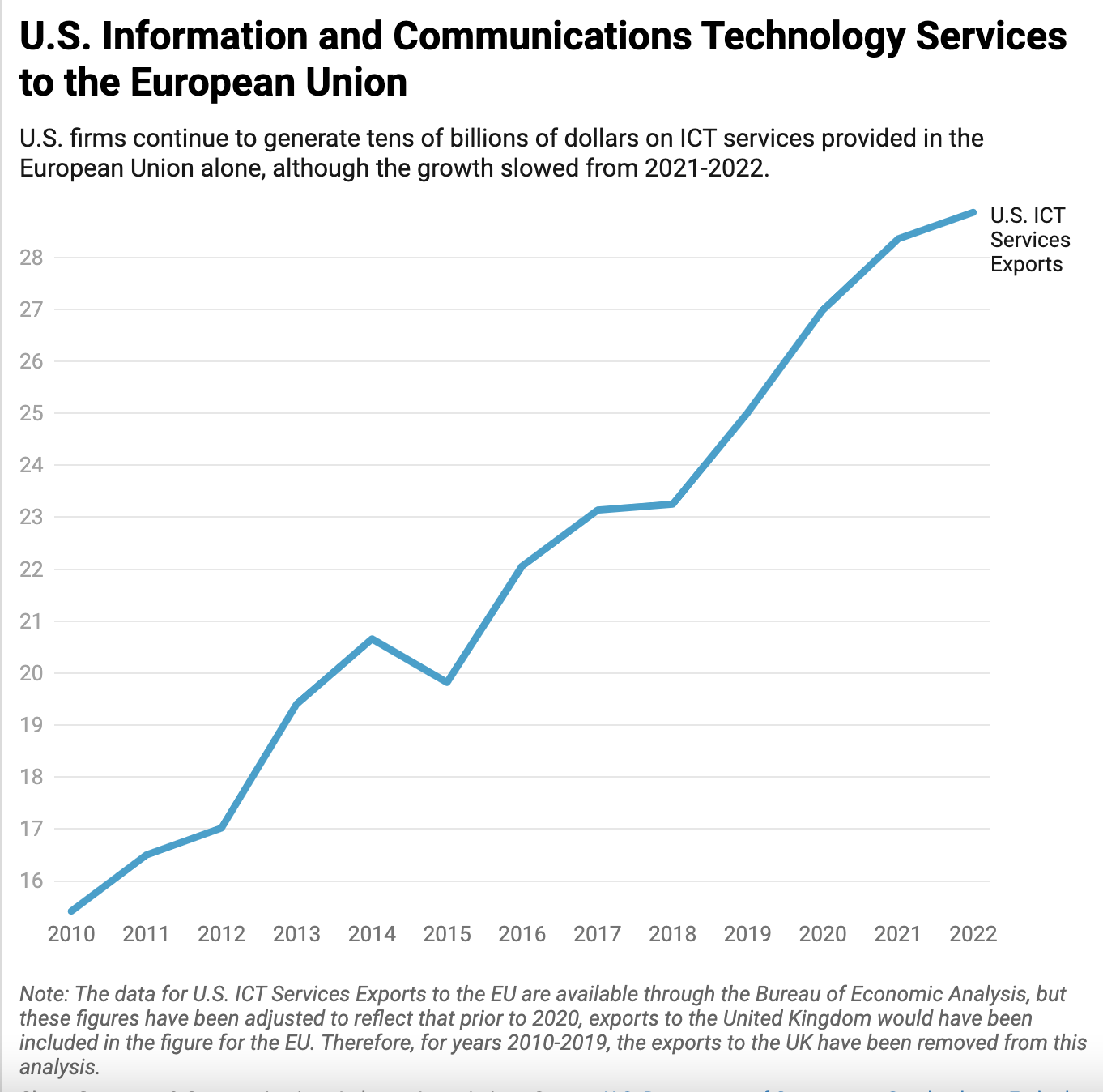Neo-Luddite Nonsense: The Manufactured Controversy Surrounding Digital Maps
Apple’s newly-announced iOS map app, Microsoft’s Bing Maps, and Google Maps all contain imagery taken from above by planes and satellites that give us all a real-life bird’s eye view of the maps we look at. Users can get a better idea of where they’re going of course, but there are plenty of other uses as well. Fears are generally overblown (especially when balanced against the enormous benefits associated with more detailed mapping technology), and largely driven by misconceptions.
Recently, Senator Schumer gained a press hit by sending a letter to Apple and Google inquiring into their use of aerial photography in their maps products. He expressed concerns about the privacy implications of the technology, claiming it could intrude into “intimate locations” such as backyards and pools. His other concerns included the use of maps by terrorists and criminals “create more complete schematic maps of the power and water grids in the United States.” Besides the baseless fear mongering, his suggested “fixes” were even more impractical and included the suggestion that companies “provide notification to communities” when they plan to conduct mapping updates. While I’m sure the junk mail industry would be thrilled, I don’t think Americans want an announcement every time a plane takes photos of their house from 35,000 feet.
With due respect to the Senator, this is silly to begin with. The photographs taken from these planes and satellites can indeed see into backyards, but the resolution involved makes people, even those lying by the pool, into nothing more than blobs of color. Out of curiosity, I pointed Google Maps at my local community pool, and sure enough there are people there enjoying the sun. I could even be one of them, but of course there’s clearly no way to tell, even at the highest zoom level (click on the image for the full size version).
 Schumer’s faux outrage and desire to rewind progress in online mapping industry over fears that do not even accurately reflect the capabilities of the technology threaten incredibly useful innovation. In fact, the U.S. Geological Survey itself produces aerial imagery and makes it available to the public at no cost. Besides direction-finding, it can also have other high-value uses, such as in property development and disaster recovery. Google helped rescue workers after the Japanese tidal wave and the Haiti earthquake by providing aerial imagery. Carl Franzen, writing in Talking Points Memo, recently described how maps (and competition in the maps space) benefit users. He writes:
Schumer’s faux outrage and desire to rewind progress in online mapping industry over fears that do not even accurately reflect the capabilities of the technology threaten incredibly useful innovation. In fact, the U.S. Geological Survey itself produces aerial imagery and makes it available to the public at no cost. Besides direction-finding, it can also have other high-value uses, such as in property development and disaster recovery. Google helped rescue workers after the Japanese tidal wave and the Haiti earthquake by providing aerial imagery. Carl Franzen, writing in Talking Points Memo, recently described how maps (and competition in the maps space) benefit users. He writes:
“I think that it’s exciting for the industry,” said Terry Keating, the chief technology officer and senior VP at digital mapping and surveying company AeroMetric, in a phone interview with TPM. “It adds to the overall thirst for more and more details.”
Specifically, Keating said that his firm’s primary customer base — railroad and highway engineers, plant operators and other infrastructure project managers — would be prompted by the new detailed 3D maps of metropolitan areas offered by the likes of Google and Apple to request site-specific 3D renderings of pipelines and power or production plants, renderings that must be far more accurate than those provided by Apple and Google for the consumer market.
In addition to the exaggerated privacy concerns, some have raised the specter of drones (or autonomous flying vehicles) in the context of this conversation. Such a comparison is specious at best — none of the companies use drones to take their aerial photography at the moment. However you come down on the privacy implications of drones (and that’s certainly a blog post for another day), these aren’t the drones you’re looking for.








